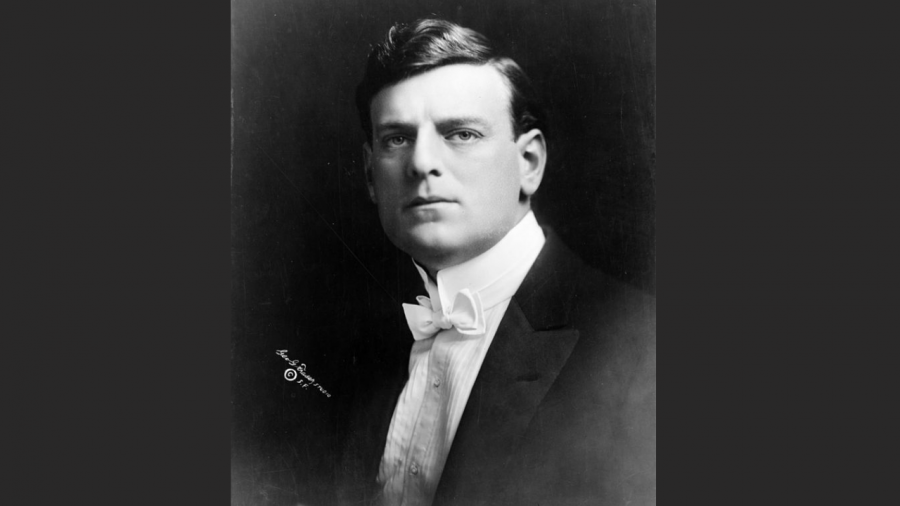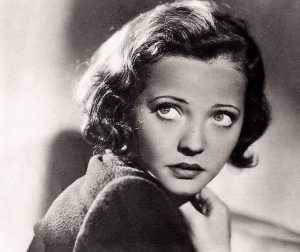Do you know this Jew? He’s a Hollywood legend and lived in St. Louis
Published June 24, 2021
It never fails! Since I started working a the St. Louis Jewish Light, I continue to be surprised by the breadth of Jewish accomplishments, but this one really came as a surprise. The very first star of Western films, Gilbert “Broncho Billy” Anderson, was Jewish, AND lived in St. Louis!
Anderson was born Maxwell Aronson in 1880 in Little Rock, Ark. His parents, Esther (Ash) and Henry Aronson, were from New York. His father was from a German Jewish family, and his mother was the daughter of Russian Jewish parents. When Max was 8 years old, his parents moved him and his five siblings to St. Louis, where they lived for 10 years. At age 18, Max moved to New York City. He was a photographer’s model and a newspaper vendor before appearing on the stage. He began in vaudeville, later working with Edwin S. Porter as an actor and occasional script collaborator.
In Porter’s startling early film The Great Train Robbery (1903), Anderson played several roles (among them, the train passenger shot by bandits as he tries to escape). The success of that film prompted Anderson to begin writing, directing and starring in his own series of Westerns. In 1907 he and George K. Spoor founded Essanay Film Manufacturing Co., destined to be one of the predominant early film studios.
ADVERTISEMENT
Anderson gained enormous popularity in hundreds of Western shorts, playing the first real cowboy hero, “Broncho Billy.” Writing and directing most of the films, Anderson also found time to direct a series of “Alkali Ike” comedy Westerns starring Augustus Carney. In 1916 Anderson retired from acting. He returned to New York and bought the Longacre Theatre and produced plays there, though not achieving the same kind of success he enjoyed in films.
He made a brief comeback as a producer with a series of shorts starring Stan Laurel for Metro Pictures. However, a series of conflicts with the studio led him retire again after 1920. He continued to produce films as owner of Progressive Pictures into the 1950s. In his 70s, he came out of retirement for a cameo role in The Bounty Killer (1965). He had been presented with an honorary Oscar in 1957 as a “motion picture pioneer, for his contributions to the development of motion pictures as entertainment.” Anderson died in 1971 at the age of 90.
Anderson’s image appeared on a postage stamp in 1998 and he has a star on the Hollywood Walk of Fame. For the past several years, Niles, Calif., — the site of his Western Essany studio — has had an annual Broncho Billy Silent Film Festival.
















